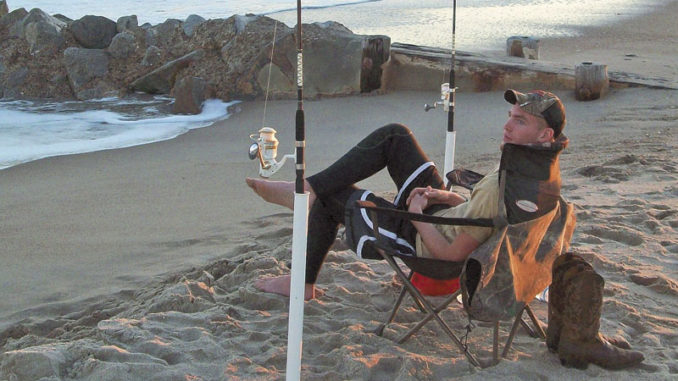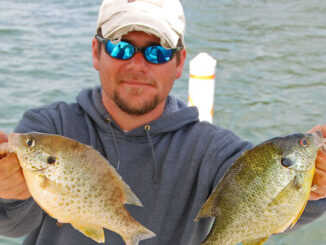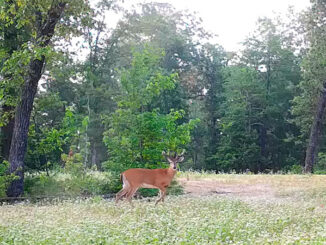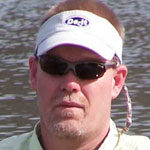
Fishing in the foam



May is the top month to catch bluegills, shellcrackers, redbreasts and warmouths, collectively known as bream. […]

When creating new food plots for wildlife, preparing the land properly is one of the main keys to success. […]

This lemon pesto trout recipe is almost as easy to make as it is delicious. […]

Copyright 1999 - 2024 Carolina Sportsman, Inc. All rights reserved.
Be the first to comment